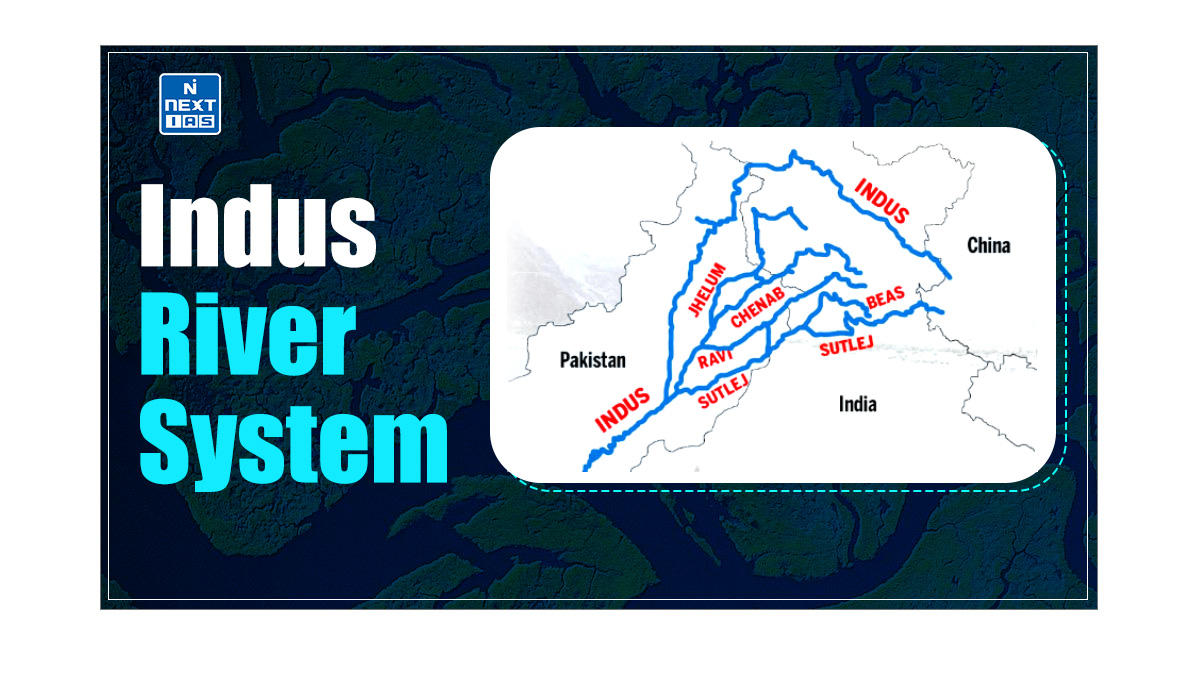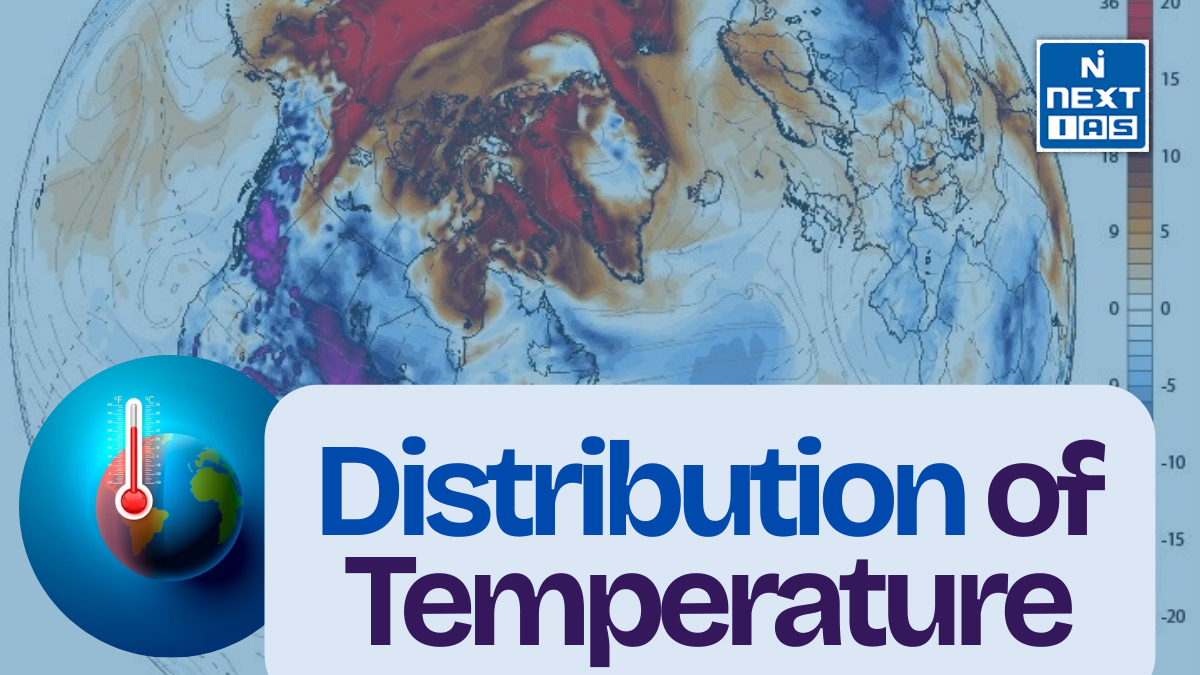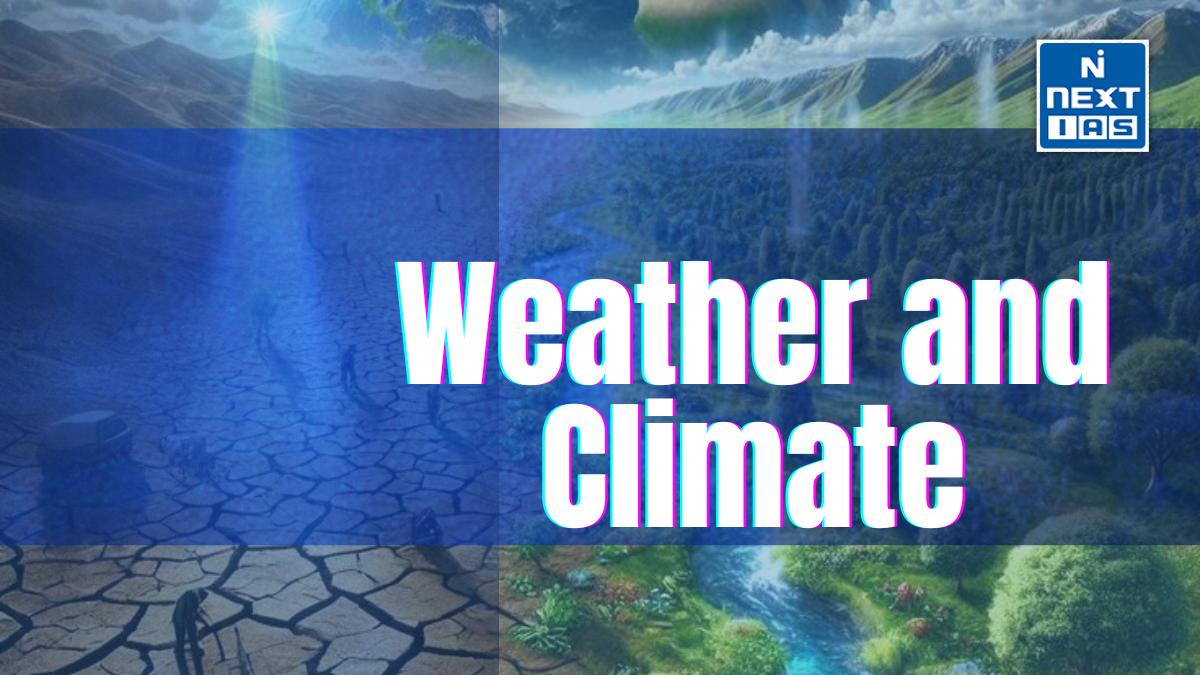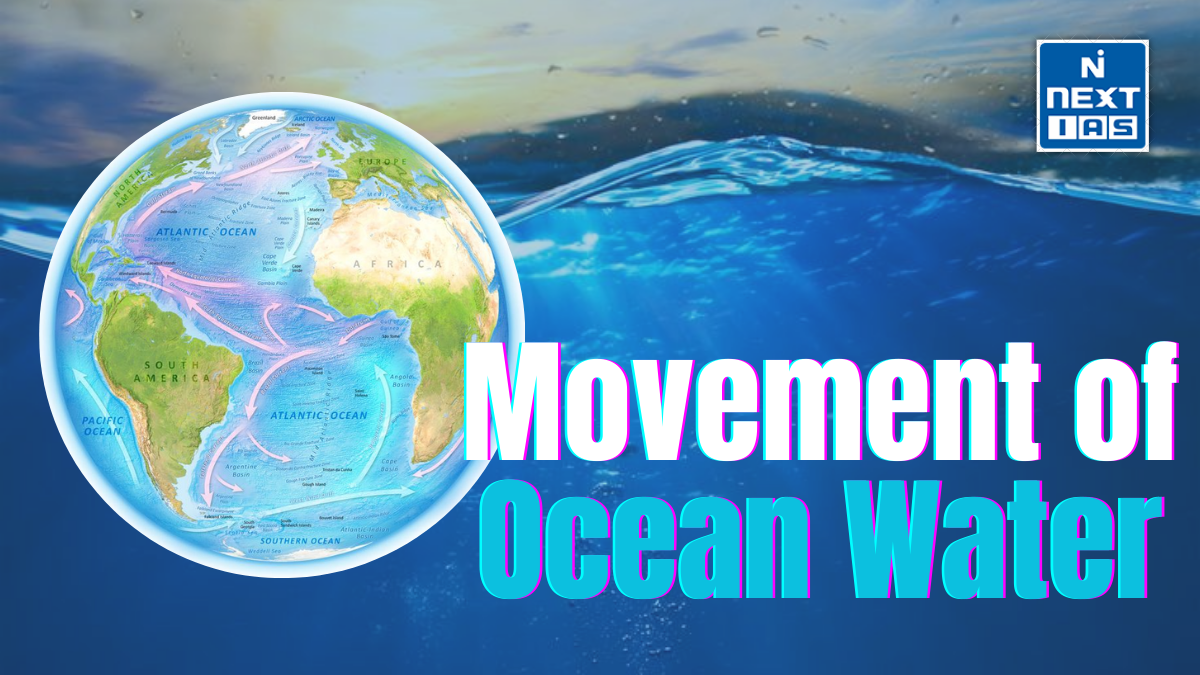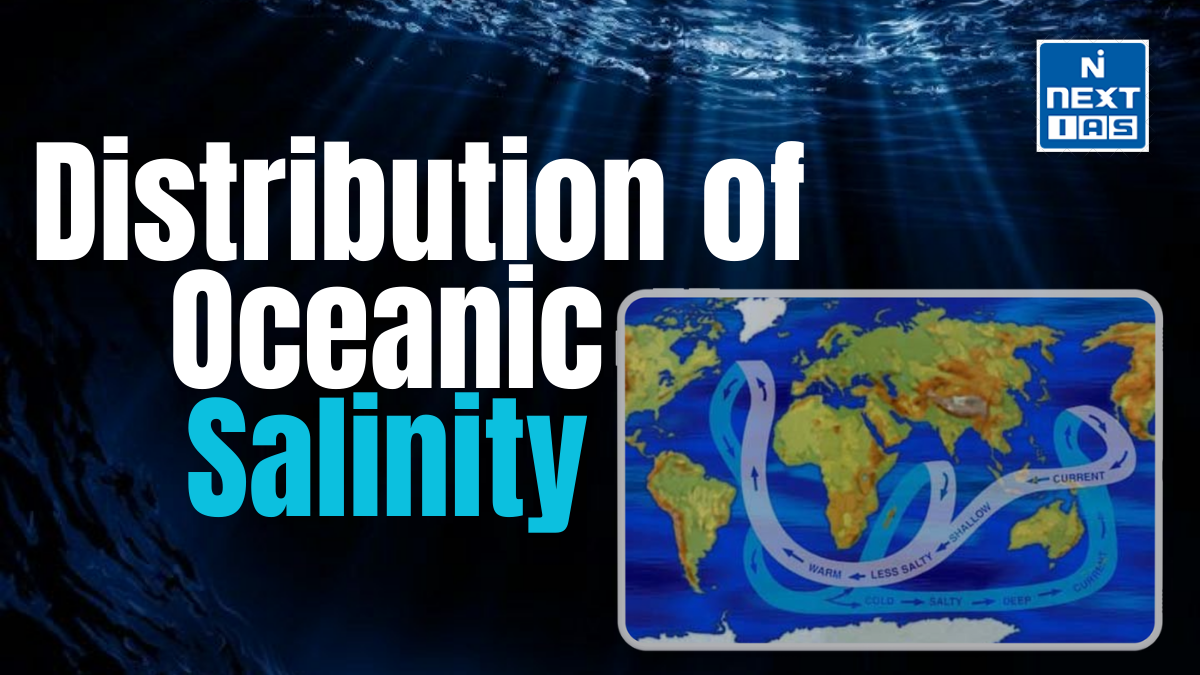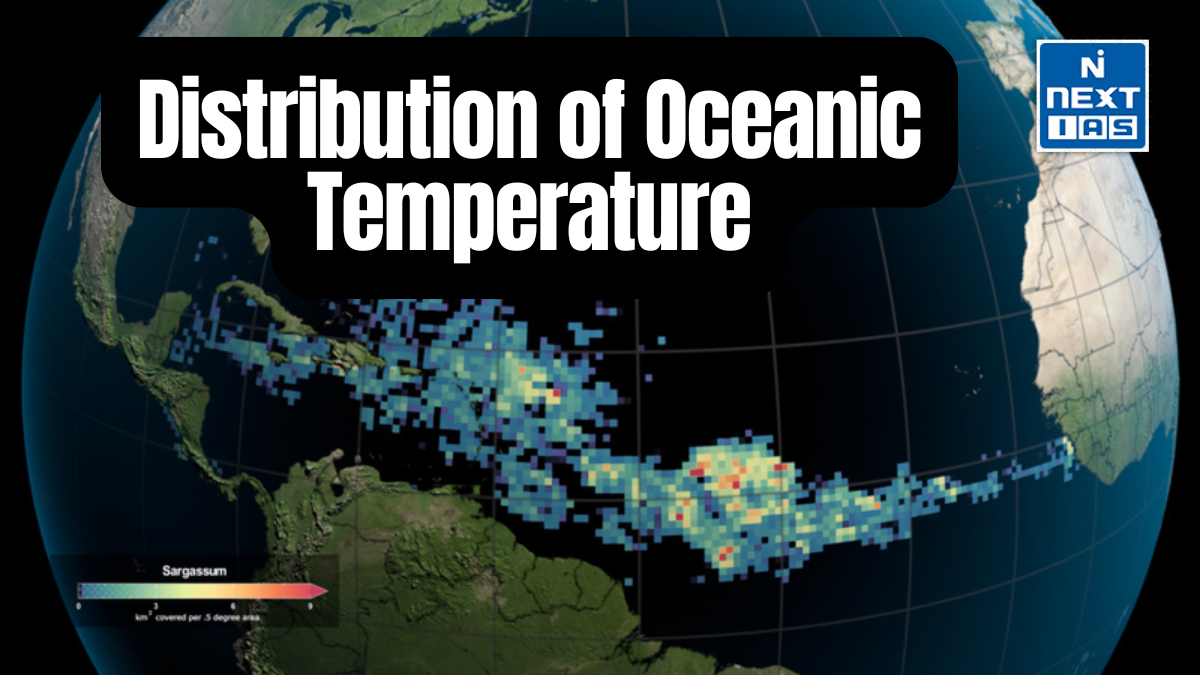
Volcanism refers to the processes associated with the eruption of magma, gases, and volcanic materials from beneath the Earth’s crust to its surface. This natural phenomenon shapes landscapes, forms new landmasses, and influences ecosystems. While often destructive, volcanism also provides fertile soils, geothermal energy, and insights into Earth’s geological activity.
About Volcanism
- Volcanism encompasses the geological processes through which magma, gases, and volcanic materials are expelled from the Earth’s interior onto the surface.
- It is primarily driven by tectonic plate movements and occurs at divergent boundaries, convergent zones, and hotspots. The molten rock (magma) emerges as lava during an eruption and solidifies to form igneous rocks.
- Volcanoes, the visible structures resulting from volcanism, vary in type, including shield volcanoes, stratovolcanoes, and cinder cones, each characterized by their eruption style and lava composition.
- Volcanic activity can be explosive, emitting ash, pyroclastic flows, and gases, or effusive, with lava flowing steadily.
- While often associated with destruction—damaging property, endangering lives, and altering climates—volcanism has significant benefits.
- It enriches soils, provides geothermal energy, and contributes to the Earth’s continual reshaping.
- Studying volcanism helps geologists predict eruptions, understand Earth’s internal processes, and mitigate volcanic hazards, ensuring better preparedness and resilience.
Terminology of the Volcanism
- Magma
- Molten rock beneath the Earth’s surface.
- Lava
- Magma that reaches the Earth’s surface during an eruption.
- Volcano
- A geological structure formed by the accumulation of erupted materials such as lava, ash, and pyroclasts.
- Vent
- The opening in the Earth’s crust through which magma and volcanic gases escape.
- Crater
- A bowl-shaped depression at the summit of a volcano, formed by eruptions or explosions.
- Caldera
- A large, basin-like depression formed when a volcano’s magma chamber empties and collapses after an eruption.
- Pyroclastic Flow
- A fast-moving current of hot gas, ash, and volcanic debris expelled during explosive eruptions.
- Tephra
- Fragments of volcanic rock and ash ejected into the air during an eruption.
- Volcanic Ash
- Fine particles of rock and glass created during explosive eruptions, which can travel long distances.
- Hotspot
- A region where magma rises through the mantle to the crust, often far from tectonic plate boundaries (e.g., Hawaii).
- Fissure
- A long crack in the Earth’s surface from which lava flows, typically associated with shield volcanoes.
- Pumice
- A light, porous volcanic rock formed when gas-rich lava cools quickly.
- Basalt
- A dark, dense volcanic rock commonly found in effusive eruptions.
- Andesite and Rhyolite
- Types of volcanic rocks with higher silica content, associated with more explosive eruptions.
- Volcanic Dome
- A rounded, steep-sided mound formed by slow-moving, viscous lava.
- Lahar
- A destructive volcanic mudflow composed of water, ash, and debris.
- Plume
- A column of hot gases, ash, and volcanic material rising from a vent during an eruption.
- Geyser
- A geothermal feature where water and steam erupt intermittently from the ground, often associated with volcanic areas.
- Tuff
- Rock formed from compacted volcanic ash.
- Volcanic Arc
- A chain of volcanoes formed along a subduction zone where one tectonic plate is forced under another.
Understanding these terms is essential for exploring the dynamics, impacts, and geological significance of volcanism.
Causes of Volcanism
Volcanism is primarily driven by geological processes occurring within the Earth’s interior. The main causes include:
Plate Tectonics
- Divergent Boundaries: At mid-ocean ridges or rift zones, tectonic plates pull apart, creating space for magma to rise and form new crust (e.g., Iceland).
- Convergent Boundaries: At subduction zones, one plate sinks beneath another, causing melting of the subducted plate and the overlying mantle, resulting in volcanic activity (e.g., the Pacific Ring of Fire).
Hotspots
- Volcanism occurs at mantle plumes where magma rises from deep within the Earth’s mantle, forming volcanic islands like Hawaii and Yellowstone’s supervolcano.
Mantle Convection
- Heat-driven movement in the Earth’s mantle causes pressure changes and partial melting, leading to the formation of magma.
Magma Pressure
- Magma accumulates in chambers beneath the crust. When pressure exceeds the strength of the overlying rock, it forces its way to the surface, causing eruptions.
Crustal Weaknesses and Fractures
- Fault lines and fractures in the Earth’s crust provide pathways for magma to escape, often resulting in localized volcanic activity.
Volatile Content in Magma
- Dissolved gases, such as water vapor, carbon dioxide, and sulfur dioxide, lower the melting point of magma. When these gases expand, they increase pressure, triggering explosive eruptions.
Thermal Anomalies
- High-temperature regions in the mantle, often due to the decay of radioactive elements, contribute to magma formation and volcanism.
Asthenosphere Melting
- Partial melting in the asthenosphere (upper mantle) due to decreased pressure or increased temperature generates magma that fuels volcanic activity.
These processes underline the dynamic nature of Earth’s interior, showcasing how volcanism is an integral part of the planet’s geological evolution.
Process of Volcanism
Volcanism involves the movement of molten rock (magma) from the Earth’s interior to its surface, resulting in various volcanic phenomena. The process can be broken down into the following stages:
Magma Generation
- Magma forms when rocks in the Earth’s mantle or crust partially melt due to factors like increased temperature, decreased pressure, or the addition of volatiles (e.g., water).
- This melting typically occurs at tectonic plate boundaries, hotspots, or areas of intense mantle convection.
Magma Accumulation
- The magma rises due to its lower density compared to surrounding rocks and accumulates in magma chambers beneath the crust.
Pressure Build-Up
- Over time, gases within the magma (e.g., water vapor, carbon dioxide) expand, increasing pressure in the magma chamber.
Crustal Fracturing
- The increasing pressure creates fractures or exploits existing weaknesses in the crust, providing pathways for magma to move upward.
Eruption
- Magma escapes through vents, fissures, or volcanic craters, reaching the surface as lava. The nature of the eruption depends on the magma’s composition and gas content:
- Effusive Eruptions: Low-viscosity, basaltic magma flows steadily, forming lava flows and shield volcanoes.
- Explosive Eruptions: High-viscosity, silica-rich magma traps gases, leading to violent explosions, pyroclastic flows, and ash plumes.
Formation of Volcanic Landforms
- Repeated eruptions shape various volcanic features, including cones, calderas, domes, and plateaus, depending on the eruption style and materials ejected.
Cooling and Solidification
- Lava cools and solidifies into igneous rocks, while volcanic gases disperse into the atmosphere. Deposited ash, pumice, and pyroclastic materials contribute to soil formation and landscape changes.
Post-Volcanic Activity
- Even after eruptions, volcanic activity may continue in the form of fumaroles, hot springs, geysers, and gradual dome growth.
This cyclical process of volcanism reshapes the Earth’s surface, creating diverse landscapes and influencing ecosystems and climate.
Effects of Volcanism
Volcanism has far-reaching effects, both beneficial and harmful, impacting the environment, ecosystems, and human societies.
Environmental Effects
- Landscape Formation: Creates mountains, plateaus, islands, and other geological features.
- Climate Impact: Volcanic eruptions release gases and ash into the atmosphere, which can lead to temporary cooling (due to sulfate aerosols) or warming (from CO₂ emissions).
- Soil Fertility: Volcanic ash enriches soil with minerals, promoting agricultural productivity.
- Ecosystem Changes: Alters habitats, with some species benefiting while others are displaced or endangered.
Human Impacts
- Loss of Life and Property: Explosive eruptions, lava flows, pyroclastic flows, and lahars can cause fatalities and destroy infrastructure.
- Health Hazards: Volcanic ash and gases (e.g., sulfur dioxide) can cause respiratory problems and contaminate water supplies.
- Displacement: Communities near active volcanoes may need to evacuate, leading to temporary or permanent relocation.
Economic Effects
- Destruction of Infrastructure: Eruptions can damage roads, bridges, and buildings, disrupting economies.
- Tourism: Volcanic sites attract tourists, generating revenue for local communities.
- Resource Availability: Provides valuable minerals like sulfur, pumice, and basalt for industrial use.
Geological and Hydrological Effects
- Landslides and Tsunamis: Volcanic activity can trigger landslides and underwater eruptions that generate tsunamis.
- Hydrological Changes: Alters river courses, creates lakes (e.g., caldera lakes), and impacts water tables.
Cultural and Scientific Impacts
- Cultural Significance: Many volcanoes hold spiritual or cultural importance for local communities.
- Scientific Research: Offers insights into Earth’s internal processes and helps predict future volcanic events.
Long-Term Global Effects
- Large-scale eruptions, like supervolcanoes, can lead to significant global climatic changes, affecting agriculture and ecosystems worldwide.
While volcanism poses serious risks, its contributions to land formation, soil enrichment, and resource availability underscore its dual role as a creator and destroyer in Earth’s dynamic systems.
Distribution of Volcanism
Volcanism is unevenly distributed around the world, primarily occurring along tectonic plate boundaries where geological activity is concentrated. The key areas of volcanic activity are:
The Ring of Fire
- Region: Pacific Ocean Basin.
- Features: The most active and well-known region, where about 75% of the world’s active volcanoes are located. Countries like Japan, Indonesia, the Philippines, and the west coast of North America (e.g., California and Alaska) are all part of the Ring of Fire.
Mid-Ocean Ridges
- Region: Ocean floors, particularly the Mid-Atlantic Ridge.
- Features: A continuous belt of volcanic activity runs through ocean ridges where tectonic plates are diverging, such as along the Mid-Atlantic Ridge and East Pacific Rise. Here, new crust is formed as magma rises to the surface.
Hotspots
- Region: Intraplate volcanic regions, not at plate boundaries.
- Features: Hotspots are areas where magma plumes rise from deep within the mantle, creating volcanoes independent of tectonic plate boundaries. Notable hotspots include the Hawaiian Islands, Iceland, and Yellowstone in the United States.
Continental Plate Boundaries
- Region: Converging and divergent continental plates.
- Features: Volcanism occurs where plates are either colliding or moving apart. For instance, the collision of the Indian and Eurasian plates created the Himalayan mountain range, with significant volcanic activity in nearby regions.
Rift Zones
- Region: Continental rifts and divergent plate boundaries.
- Features: In places like the East African Rift, the lithosphere is pulled apart, allowing magma to rise and form volcanic features.
Subduction Zones
- Region: Where one tectonic plate is forced under another.
- Features: Subduction zones, like those along the Pacific Plate and the Philippine Plate, create some of the most explosive volcanoes. Volcanoes like Mount St. Helens and Mount Fuji are a result of subduction-related volcanism.
Volcanic activity, while potentially hazardous, plays a significant role in shaping Earth’s surface and contributing to the planet’s dynamic geological processes.
Remedies for Volcanism
While volcanic eruptions cannot be prevented, several strategies can help mitigate their impacts, protect human lives, and reduce damage. These include:
Early Warning Systems
- Seismic Monitoring: Detecting small tremors that precede volcanic eruptions can help predict volcanic activity.
- Gas Emissions Monitoring: Changes in volcanic gas emissions (like sulfur dioxide) can indicate rising magma.
- Thermal Imaging: Satellite-based thermal monitoring can identify temperature changes in and around volcanoes, providing critical data for predictions.
Hazard Mapping
- Risk Assessment: Mapping areas at risk of volcanic hazards, such as lava flows, pyroclastic flows, ash fallout, and mudslides, allows for better planning and evacuation.
- Zoning Laws: Authorities can restrict development in high-risk areas to minimize exposure.
Evacuation Plans
- Preparedness: Local communities near active volcanoes should have evacuation plans in place, including routes and shelters, to quickly move people out of danger zones.
- Education and Awareness: Training communities about volcanic hazards and emergency procedures is vital for ensuring swift evacuations.
Volcanic Ash Management
- Ashfall Forecasting: Forecasting ashfall patterns helps communities prepare for and clean up ash, preventing respiratory issues and damage to infrastructure.
- Infrastructure Reinforcement: Buildings and roads can be reinforced to withstand the weight of ash accumulation, reducing structural damage.
Disaster Relief and Recovery
- Emergency Response Teams: Rapid deployment of rescue and relief teams can save lives and provide assistance to those affected by eruptions.
- Financial and Logistical Support: Governments and international organizations can provide financial aid and resources for rebuilding after volcanic disasters.
Geothermal Energy Utilization
- Harnessing Volcanic Activity: Using the geothermal energy from volcanic areas can provide sustainable energy, reducing reliance on fossil fuels and minimizing environmental impact.
While these remedies cannot stop volcanic eruptions, they can significantly reduce the risks and consequences, improving safety and resilience in volcanic regions.
Way forward
The way forward for managing volcanism involves improving early warning systems, enhancing public awareness, and developing effective evacuation plans. Continued research into volcanic behavior, better hazard mapping, and utilizing geothermal energy can help mitigate risks. Collaboration between governments, scientists, and communities is essential for minimizing volcanic impacts.
Conclusion
Volcanism plays a crucial role in shaping Earth’s surface, creating landscapes and influencing ecosystems. While eruptions pose significant risks, advances in monitoring, hazard mapping, and disaster preparedness help mitigate impacts. Understanding volcanic processes and implementing safety measures are essential for protecting communities and reducing damage from volcanic events.
GS - 3